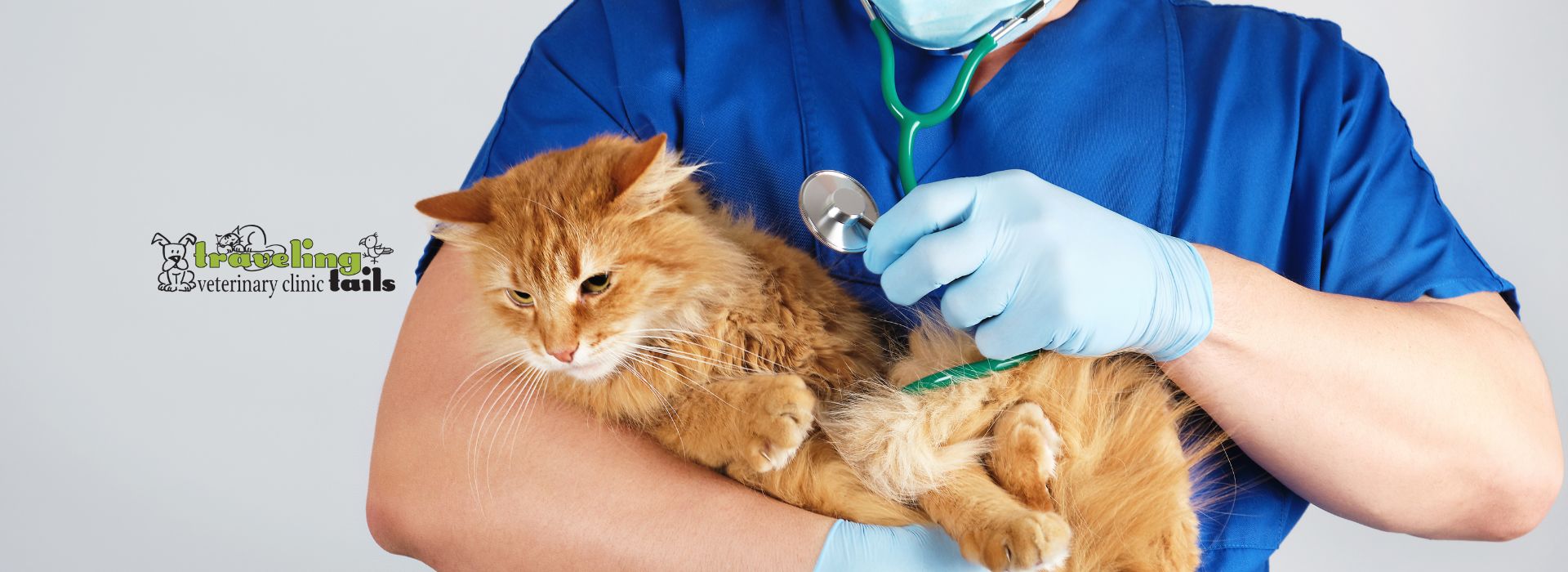Whether your cat is susceptible to COVID, or the Feline Coronavirus, you should be aware of its symptoms. You can also take steps to protect your cat and reduce its chances of contracting the virus.
Feline Coronavirus
FECV is one of the most common viral pathogens in cats. It is transmitted through the fecal-oral route and can lead to feline infectious peritonitis (FIP). Symptoms of FIP may include lethargy, fluctuating fever, and decreased appetite.
The virus is spread from cat to cat through feces or through contact with infected clothing or objects. Infection usually occurs in the gastrointestinal tract but can occur elsewhere in the body. It can cause mild to severe diarrhea. Some cats are resistant to FECV and are able to avoid becoming infected.
It is thought that the virus is introduced to cats at birth or within the first few weeks of life. Some cats may be carriers of the virus, and it is not uncommon for cats to become infected without showing any symptoms. It is believed that cats with FIP are at a higher risk of contracting the virus. However, it is unclear what causes one cat to develop FIP while another does not.
SARS-CoV-2 virus
During the last three years, a new coronavirus (CoV) has been named SARS-CoV-2. This new virus belongs to the family Coronavirus and is known for causing upper respiratory infections in humans. However, it is also known to affect felines. Various species in the Felidae family have been affected.
The SARS-CoV-2 infection has been reported in wild cats in at least three continents. It is not clear whether domestic cats can also be infected. Although the SARS-CoV-2 virus is not the same as the feline coronavirus, the virus uses the ACE2 receptor to enter host cells. This receptor is present in the liver, small intestine, colon, and thyroid.
Symptomatic animals infected with SARS-CoV-2 show similar clinical manifestations to those in humans. The most common symptoms are coughing and respiratory signs. In addition to these, animals can also develop digestive and neurological signs.
A PRISMA-based systematic review was performed to review the literature on SARS-CoV-2 infections in felids. This systematic review included published papers, preprints, and case reports on domestic and wild feline infections. A total of 63 detailed official reports were collected.
Symptoms of COVID-19 in cats
Symptoms of COVID-19 in cats are similar to the signs of human disease. They may include coughing, runny nose, lethargy, diarrhea, or a change in bowel function.
The main route of infection is human-to-human transmission. It is rare for pets to contract the disease.
While symptoms of COVID-19 in cats are mild, some pets will need to be hospitalized. If you are caring for a cat, you can take a few safety precautions to reduce the chances of your pet becoming infected.
The best place to start is by contacting your veterinarian. They can provide information on how to monitor your cat’s progress and make suggestions on what steps to take to help the pet recover.
You should also keep a written record of your pet’s condition. If your cat is showing signs of illness, you can quarantine it in a safe room or other enclosed space.
You should also wear gloves and a mask if you come in contact with your cat. The airborne virus can cause a coughing fit, which could be dangerous.
Prevention
Despite the widespread fear of COVID in cats, this disease is actually relatively rare. It is a viral respiratory illness caused by the SARS-CoV-2 virus, which has been found in domesticated dogs and cats. Symptoms include coughing, sneezing, and nasal or eye discharge. If your cat shows any signs of illness, he or she should be kept indoors until a vet gives them all clear.
Some cats are more susceptible to the disease than others. The risk of contracting it is lower for stray cats, which are typically less exposed to it. Pets can get the virus through contact with contaminated surfaces. It can also be spread by contact with contaminated fomites, including litter boxes and food and water bowls.
The most common way that COVID in cats is transmitted is by close contact with people. To prevent the disease, avoid kissing and licking your pet. Wash your hands and clothes with soap and water for at least 20 seconds before coming in contact with your pet.


